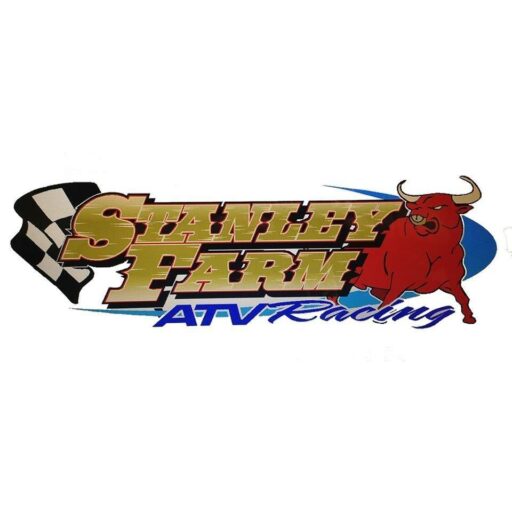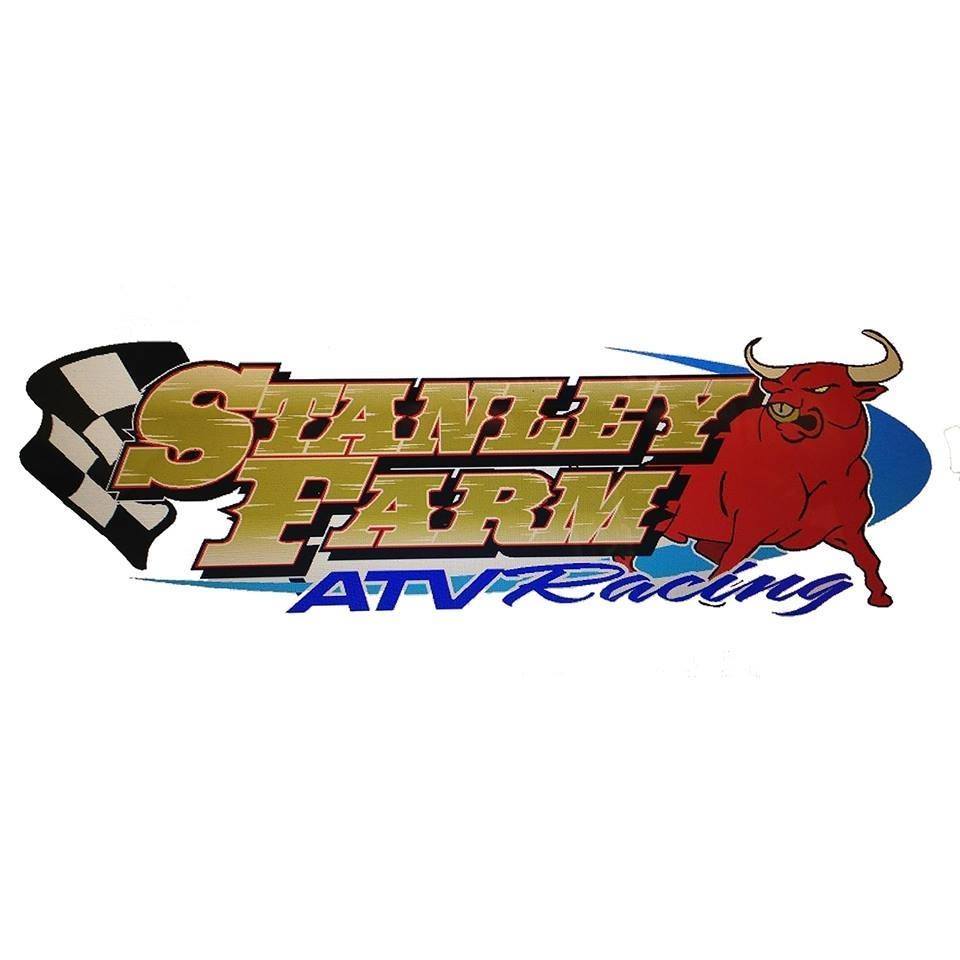Introduction: Feeding Livestock Made Easier with ATVs
Let’s be honest—feeding livestock isn’t exactly a walk in the park. Whether you’re tending to cattle, goats, sheep, or poultry, the daily grind of lugging feed across uneven terrain can wear you down fast. That’s where an ATV becomes your best friend on the farm.
A solid farm ATV turns grueling chores into efficient routines. With the right gear and strategy, you can use your ATV to feed your animals faster, safer, and smarter. In this article, we’ll break down 5 smart ways to use your ATV for daily livestock feeding, including pro tips and tools that make your job easier.
Looking for the best ATV setups? Visit Farm ATV’s Accessories and ATV Models for gear that works as hard as you do.
1. Hauling Feed with ATV Attachments
Types of ATV Feed Attachments
One of the biggest perks of using an ATV for livestock care is its ability to haul feed quickly and efficiently. Thanks to rugged ATV attachments, you can transport everything from hay to grain with ease.
ATV Feed Carts
These are designed specifically for loading up large quantities of feed. You simply hitch the cart to the back of your ATV and roll through your farm, dropping off feed as you go.
Tow-Behind Feeders
If you have larger herds, a tow-behind feeder can save you hours. These trailers automatically dispense feed as you ride—perfect for cattle or sheep that free-range.
Check out ATV Attachments to see tools that’ll change your feed game.
Best Practices for Feed Transport
- Balance the load to prevent tipping.
- Cover feed with tarps if it’s windy or rainy.
- Use bins or totes for pellets and grains to avoid spillage.
2. Navigating Tough Terrain with Ease
Why ATVs Are Ideal for Off-Road Farming
Farm fields aren’t exactly paved highways. With mud, slopes, and unexpected ditches, navigating your land can be a chore—unless you’re on an ATV built for off-road farming. With 4×4 capability, knobby tires, and high-clearance designs, ATVs handle rough terrain like a pro.
Want options that can take a beating? Browse our Heavy-Duty ATVs for daily farm use.
Safety Tips for Driving in Muddy or Hilly Areas
- Slow down when approaching slopes or unstable ground.
- Engage 4WD before tackling mud or loose gravel.
- Always check tires and brakes before heading out.
Learn more in our ATV Safety Guides and Off-Road Farming Tips.
3. Multi-Animal Feed Delivery in One Trip
How to Plan an Efficient Feeding Route
Feeding several types of animals across different areas? Your ATV can streamline multiple feed stops into one smooth ride—if you plan right. Create a loop that minimizes backtracking and lets you hit all pens or paddocks in one go.
Using Storage Compartments & Bins
Equip your ATV with side racks, saddle bags, and utility bins to keep each type of feed separate. Want to really optimize? Get creative with stacking storage—buckets up front, hay bales in the back, supplements in the saddle bags.
Explore smart Productivity Gear to get more done with every ride.
4. Water and Supplement Transport via ATV
Hauling Water Tanks and Buckets Safely
Watering livestock is just as critical as feeding them, and guess what? Your ATV can handle that too. Small water tanks can be strapped securely onto rear racks, while larger ones can be towed using trailer attachments.
Delivering Minerals and Supplements Quickly
Use separate containers for different supplements like salt blocks, minerals, or loose feed additives. With the right bin system, you can deliver targeted nutrients to specific animals without mixing things up.
Dive deeper with How-To Guides on ATV water and supplement hauling.

5. Save Time and Boost Productivity
The Time-Saving Benefits of Using ATVs on the Farm
Let’s be real—time is money on the farm. And every hour saved means more time for fencing, vet checks, or (hey, maybe) a coffee break. With an ATV, what used to take an hour can take 15 minutes. Multiply that by seven days a week, and you’ve got serious time saved.
Tracking Your ATV’s Performance with Maintenance Logs
Don’t let your ATV wear out before its time. Keep a Maintenance Log to track oil changes, tire checks, and brake repairs. A healthy ATV = consistent daily performance.
More tips here: Maintenance & Repairs
Choosing the Right Farm ATV for the Job
Top Farm ATV Models Built for Feeding Tasks
Not all ATVs are created equal. For feeding livestock, you need power, storage, and reliability. Top brands like Honda Rancher, Polaris Sportsman, and Yamaha Kodiak are built tough and can handle heavy loads.
Check out the latest 2025 Models for cutting-edge upgrades.
Electric vs. Gas ATVs for Daily Chores
Electric ATVs are becoming increasingly popular in eco-farming circles. They’re quiet, low-maintenance, and better for the environment. But gas models offer more power and longer run times.
Browse the pros and cons at Electric ATVs.
Maintaining Your ATV for Daily Livestock Feeding
Simple ATV Maintenance for Heavy Daily Use
- Check tire pressure weekly.
- Clean air filters monthly.
- Inspect brakes and steering every 100 hours.
Visit our full Maintenance & Repairs section for step-by-step walkthroughs.
Importance of Keeping an ATV Maintenance Log
Using your ATV daily for feeding can wear down parts fast. A good maintenance log keeps your machine in peak shape and prevents costly breakdowns in the middle of a feed run.
Eco-Friendly Feeding: Use Your ATV the Green Way
Fuel-Efficient Practices
- Use the shortest feeding routes.
- Turn off the engine during longer stops.
- Combine multiple chores into one ride.
The Rise of Electric ATVs in Eco-Farming
Farmers are going green, and electric ATVs are leading the charge. Quiet, emission-free, and cost-effective in the long run, they’re ideal for sustainability-focused operations.
Learn more at Eco-Farming Tips and Green Tech.
Conclusion: The ATV Advantage in Livestock Feeding
When it comes to daily livestock feeding, an ATV is more than just a convenience—it’s a productivity powerhouse. From hauling feed to tackling rough terrain, the right ATV setup can save you time, labor, and money. It also keeps you safer, more organized, and yes—even a little less exhausted.
Want to build your perfect feeding rig? Start with Farm ATV’s full collection and gear up for your most efficient season yet.
FAQs
1. Can I use any ATV for feeding livestock?
Not all ATVs are suitable. Choose one with enough torque, towing capacity, and storage space.
2. How much feed can an ATV carry?
With attachments, you can haul 100–500 lbs depending on the model and terrain.
3. What’s the best ATV for small farms?
Look into Affordable ATVs designed for budget-conscious farmers.
4. Is electric better than gas for daily use?
Electric is quieter and eco-friendly, but gas lasts longer per charge. Depends on your needs.
5. How do I maintain my ATV for daily use?
Check fluids, tires, and brakes regularly. Keep a maintenance log.
6. Can I feed animals and water them in the same trip?
Yes! With multi-bin storage and a small water tank, you can tackle both chores at once.
7. What’s the safest way to drive an ATV on slopes?
Use 4WD, reduce speed, and shift your weight uphill for balance. More tips in our Farm Riding Guide.


